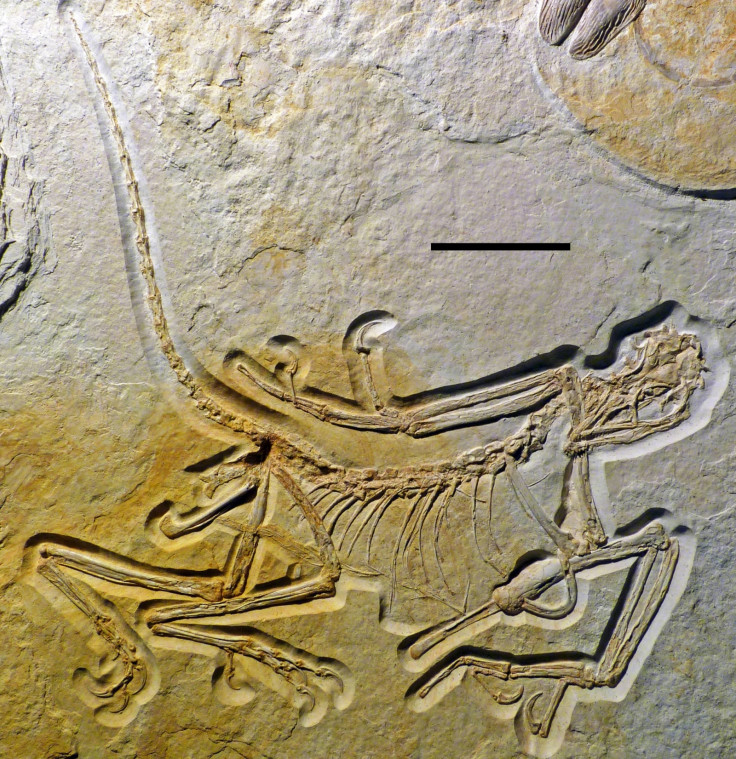150-million-year-old fossil is oldest example of key transition species between dinosaurs and birds
Archaeopteryx is an important group of bird-like dinosaurs which marks the evolutionary transition between reptilian dinosaurs and birds.

German researchers have uncovered a 150-million-year-old fossil that is the earliest example of the genus Archaeopteryx – an important group of bird-like dinosaurs that marks the evolutionary transition between dinosaurs and avians.
A team from Ludwig-Maximilians-Universitaet (LMU) in Munich discovered the specimen in 2010 in Northern Bavaria – which was once a subtropical environment featuring reef islands and lagoons in a shallow sea that later became the Mediterranean.
The new specimen is possibly the 12<sup>th Archaeopteryx fossil to be identified, although there are some doubts as to whether the so-called Haarlem specimen – the first Archaeopteryx to be discovered, in 1861 – is actually part of the group. All of the specimens to date have been in the Altmühl River valley.
Among other things, the new fossil finding reveals that Archaeopteryx was very similar to advanced predatory dinosaurs in many respects, according to Oliver Rauhut, a palaeontologist from LMU and author of the study describing the specimen, published in the journal PeerJ.
In addition, the broad anatomical variation between the various Archaeopteryx specimens is providing researchers with a fascinating insight into the genus, indicating that they may, in fact, represent different species.
"The high degree of variation in the teeth is particularly striking – none of the specimens shows the same pattern of dentition as any other, which could reflect differences in diet," Rauhut said.
"This is very reminiscent of the famous case of Darwin's finks on the Galapagos, which show remarkable variation in their beak shapes. It is even conceivable that this primeval bird genus might, in a similar fashion, have diversified into several specialized forms on the islands of the Solnhofener Archipelago. In that case, the Archaeopteryx fossils could represent a species flock, a Jurassic analogue of Darwin's finches."
Furthermore, as part of the new research, Rauhut and his team developed a technique which will allow researchers to easily distinguish Archaeopteryx from its closest relatives – primitive birds and so-called non-avian theropod dinosaurs. This is important because a number of bird-like dinosaurs have been identified in recent times, complicating the task of taxonomical classification.





















